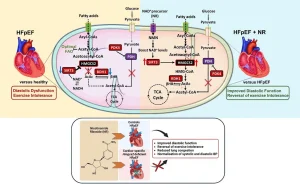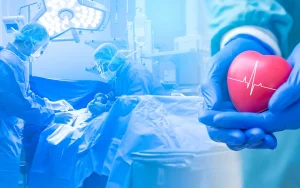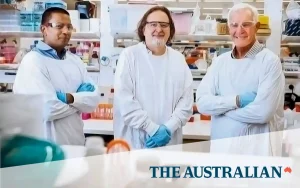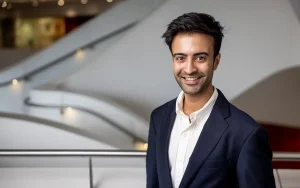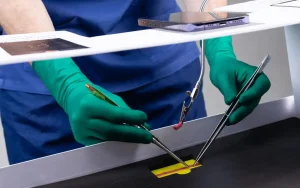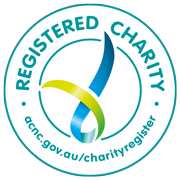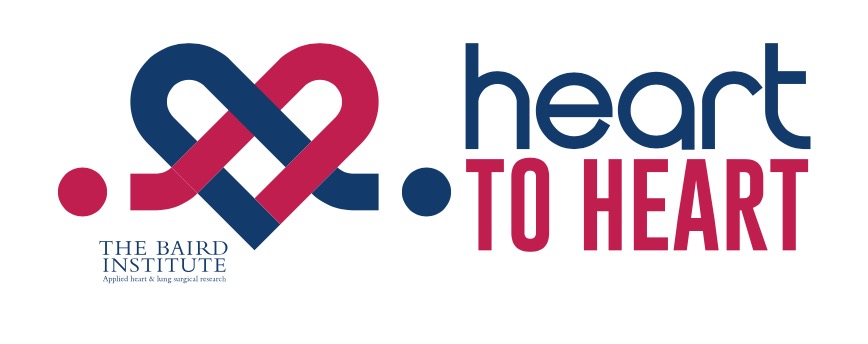Royal Prince Alfred Hospital hosts a cardiac surgery database, which contains details on the demographics, risk factors pre-operative status, procedure, post-operative outcomes and short-term outcomes of each patient. This database has been the source of numerous studies in the past, and plays a crucial role in clinical audit, activity tracking and monitoring surgical performance. However, this database only tracks patients for 30-days after their surgery.
Knowing what happens to patients in the medium (1-5 years after surgery) and long term (>5 years after surgery) is very important, as surgeons and researchers strive to continuously improve survival outcomes, and quality of life for their patients. For instance, the effects of procedural aspects such as prosthesis choice in valve replacement, are only apparent 5 years after the procedure. Despite the well-defined need, there is a relative lack of long-term data on surgical outcomes, nationally and internationally.
With funding and support from The Baird Institute, our project aims to link this database to a larger database of all hospitalisations, emergency presentations and mortalities in NSW called CheReL. This will allow the researchers to study long-term outcomes for specific sub-groups of coronary surgery, aortic surgery, valve surgery, and other smaller, but important sub-groups such as elderly patients, and patients with hypertrophic cardiomyopathy who are undergoing myectomy. Valuable data on outcomes such as mortality, readmission to hospital, subsequent cardiac reinterventions and readmissions for cardiac failure will be obtained from this project. Having recently received the linked data, data analysis on the specific subgroups has now begun.
Knowledge of long-term outcomes of cardiac surgery can directly impact clinical decision making, affecting the interventions to be performed, and the timing and post-operative management of the interventions. The improvement in decision making may lead to benefits in the quality of life and survival for patients.
Based on the long-term data, Dr Matheus Carelli (Cardiothoracic Registrar, Royal Prince Alfred Hospital) presented an abstract on aortic root surgery – a specific sub-group of interest at The Australasian Thoracic Aortic Symposium 2025, in Melbourne on 27th March, 2025.
– Dhairya Vayada, Data Research Assistant



